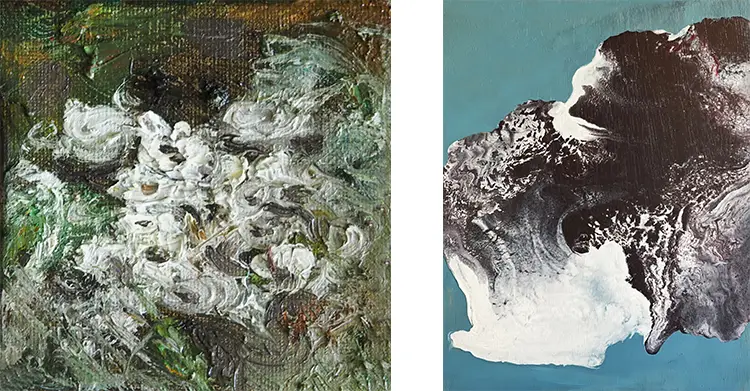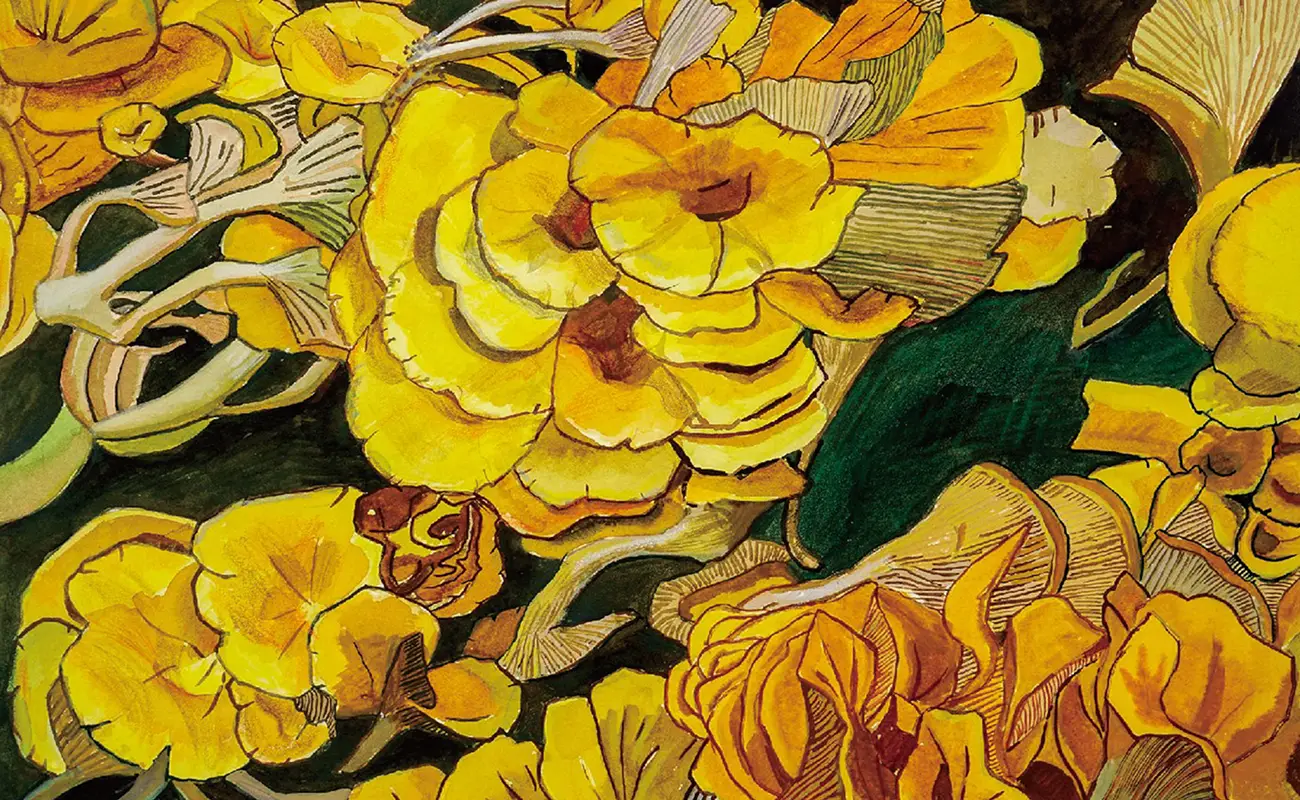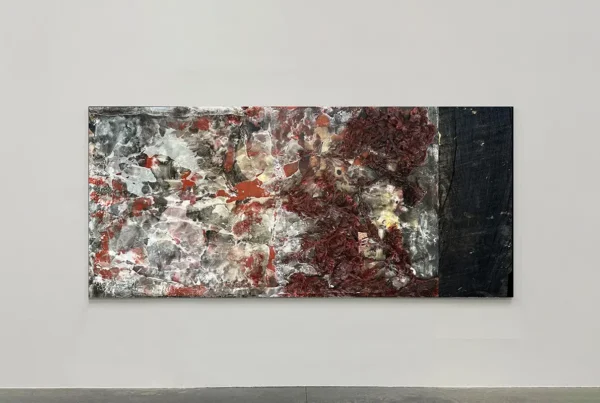“Great art is never created in isolation; it is a dialogue with the world around us.”
Rooted Journeys and Expanding Horizons
Growing up in a modest city in southern China, Xinyu Yu’s artistic instincts were shaped by both familial influence and an early introduction to creative disciplines. With a mother who instilled the value of education and a father who introduced her to the spatial language of architecture, Yu cultivated both discipline and imagination from a young age. Her early immersion in various forms of art—from children’s painting classes to still-life sketching, figure studies, acrylic painting, and traditional Chinese ink techniques—was marked by a thirst for refinement and expression. Recognition came swiftly; her talent earned her the highest regional ranking in the arts and entry into a highly selective high school, where she continued to hone her craft.
At eighteen, Yu made a pivotal decision that would reshape her creative and intellectual landscape: she moved to New York City to attend the esteemed Pratt Institute, known for its rigorous interior design program. Living in one of the world’s most dynamic urban centers offered her the opportunity to interact with diverse cultural perspectives and emerging design philosophies. These experiences sharpened her ability to think contextually, bridging aesthetic principles across different societal frameworks. Her artistic language began to incorporate not just form and function, but also broader dialogues about space, identity, and cultural tension.
Yu’s educational journey culminated in a master’s degree in sustainable design from the University of Pennsylvania, where she deepened her understanding of how art and environmental stewardship could intersect. This academic pursuit refined her interdisciplinary vision, embedding ecological sensitivity into her artistic methodology. In 2024, she relocated to Phoenix, Arizona, where she joined a forward-thinking architectural design firm. This transition marked yet another chapter in her evolution—blending technical rigor with conceptual depth. Her body of work today stands as a powerful narrative of transnational growth, personal reflection, and adaptive creativity.
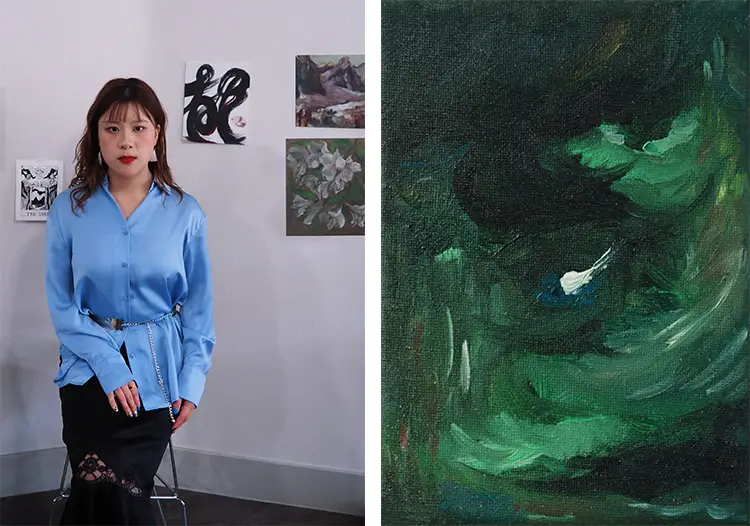
Xinyu Yu: Art as Dialogue and Discovery
Yu’s earliest inspirations can be traced to the quiet, observational lessons learned alongside her architect father. Their shared explorations—whether meandering through weathered alleyways or pausing to study the play of light across a market stall—taught her to see beyond surfaces. These formative moments became her first true education in art, instilling in her a conviction that creativity is inherently relational, born from close engagement with one’s surroundings. Rather than viewing art as a solitary endeavor, Yu came to understand it as a form of conversation, shaped by external landscapes and internal responses.
Her time at university served to deepen and complicate this perspective. Encounters with professors who brought contrasting approaches—one championing unrestrained experimentation, another emphasizing stillness and space—helped Yu reimagine what art could be. The tension between control and surrender became a driving force in her work. She began to embrace both structure and serendipity, fusing precision with abstraction. Influences from travel and cultural exchange broadened her thematic scope, allowing her to develop a voice that is at once global and deeply personal. Her art started to reflect a hybrid consciousness—one that could honor Chinese aesthetic traditions while engaging contemporary design philosophies.
Looking back, Yu doesn’t consider her path into the arts a deliberate choice, but rather a calling that gradually revealed itself. Every medium she explored, every brushstroke she laid down, became part of a larger unfolding. Now, as a working professional, she continues to approach each project with the same attentiveness and curiosity that marked her beginnings. Whether she is crafting a painting, a spatial design, or a mixed-media piece, Yu remains committed to exploration—constantly evolving, ever in search of new dimensions to express and understand.
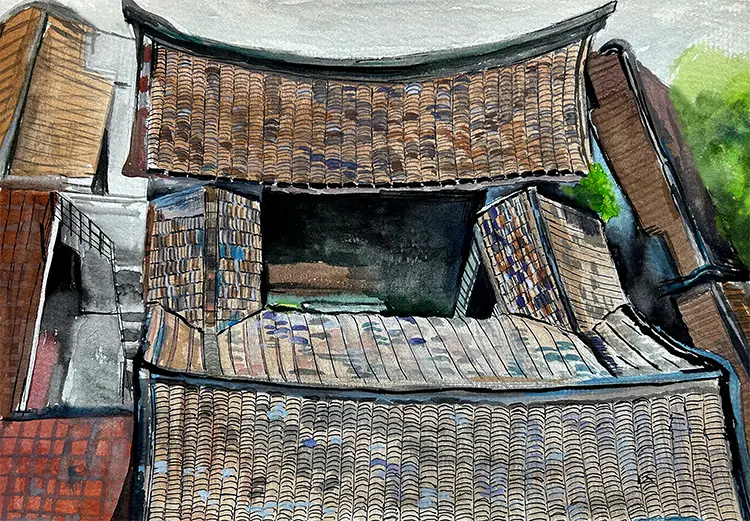
Between Pigment and Emotion
Yu’s artistic style is characterized by a finely tuned balance between observational precision and emotional resonance. In her early work, she drew inspiration from ordinary moments—the way fading sunlight pooled on a table, or the delicate fracture in a ceramic cup—treating each as a site of meaning. Her nuanced sensitivity to color became a defining trait. She often juxtaposed unexpected hues—muted greys with bursts of crimson, or ochres against icy blues—to create a layered emotional vocabulary. These contrasts were not simply aesthetic choices; they were a means of evoking inner tensions, fleeting moods, and unresolved memories.
With time, her work expanded in both conceptual scope and compositional daring. Having lived and worked across continents, Yu developed a visual language that merges the gestural freedom of Western abstraction with the introspective clarity of East Asian traditions. Her color palettes grew bolder, with combinations like indigo and burnt orange or jade and electric pink used to evoke complex psychological terrains. These chromatic pairings serve as emotional signifiers—sometimes expressing internal conflict, other times suggesting harmony and acceptance. Through this evolving vocabulary, Yu has established a practice that moves beyond representation to engage with sensation and introspection.
Today, Yu’s artwork reflects a deepening commitment to emotional autobiography. Rather than simply portraying scenes or objects, she constructs visual narratives that straddle the boundary between personal memory and collective experience. The physicality of her work, enhanced by varied textures and experimental materials, invites viewers into a space where meaning is both suggested and felt. While color remains her most consistent tool, it now operates in tandem with form, materiality, and spatial tension—each contributing to a holistic and emotionally charged experience. Her work urges us not just to see, but to sense what lies beneath the visible.
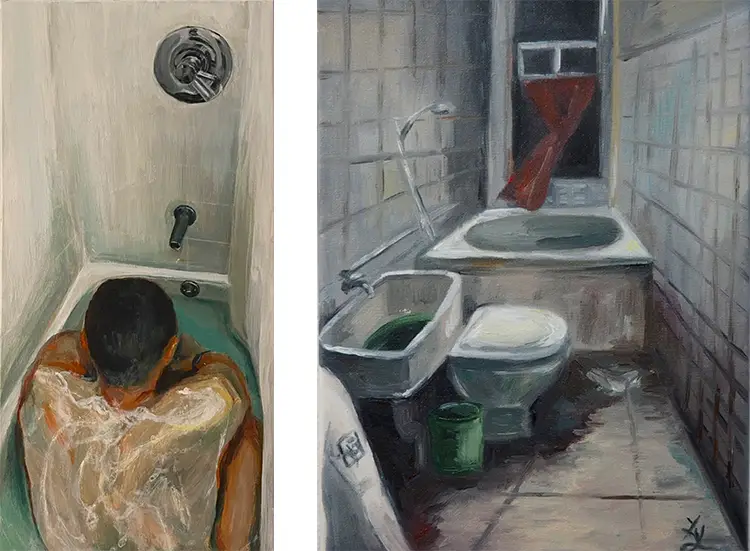
Xinyu Yu: Material Encounters and Meaningful Experimentation
A recent work that holds particular resonance for Yu exemplifies her evolving relationship with material and process. For this piece, she abandoned traditional brushes and instead used a piece of driftwood, worn and patterned by time and water. Dipping its irregular edge into ink, she rolled it across the paper, allowing the grooves and knots of the wood to dictate the flow of marks. The resulting textures resembled tidal movements or mountain ridges, yet were entirely unrepeatable—formed through the unpredictable interplay between natural object and artistic intention. It was a gesture of both surrender and control, where the material became an active participant.
This work encapsulates several key elements of Yu’s current artistic vision. It speaks directly to her commitment to environmentally conscious practice, a focus sharpened during her studies in sustainable design. By using found objects and allowing their inherent properties to guide the artwork, she reduces her ecological footprint while opening new creative pathways. At the same time, the ink markings echo the brushwork of classical Chinese landscape painting, drawing a line between past and present, tradition and innovation. The piece becomes a conversation between the artist, the material, and the cultural histories embedded within both.
The viewer response to this artwork has been particularly striking. Many are drawn to the tactile illusion—the impression of raised texture on an otherwise flat surface. This interaction underscores Yu’s ability to create work that resonates on multiple sensory levels. The piece has since become part of a larger series exploring natural tools and their expressive potential, reaffirming her belief that some of the most profound creative breakthroughs occur when materials are allowed to lead. Whether she is working with driftwood, soil, or layered media, Yu’s artistic ethos remains centered on discovery, connection, and the deep emotional currents that lie beneath surface appearances.
